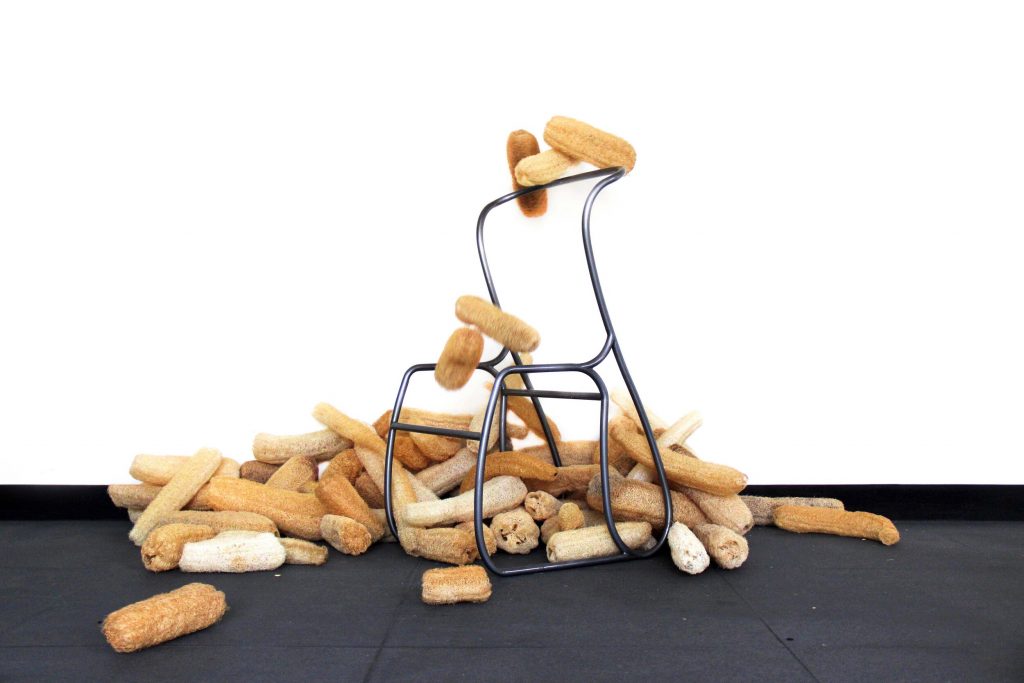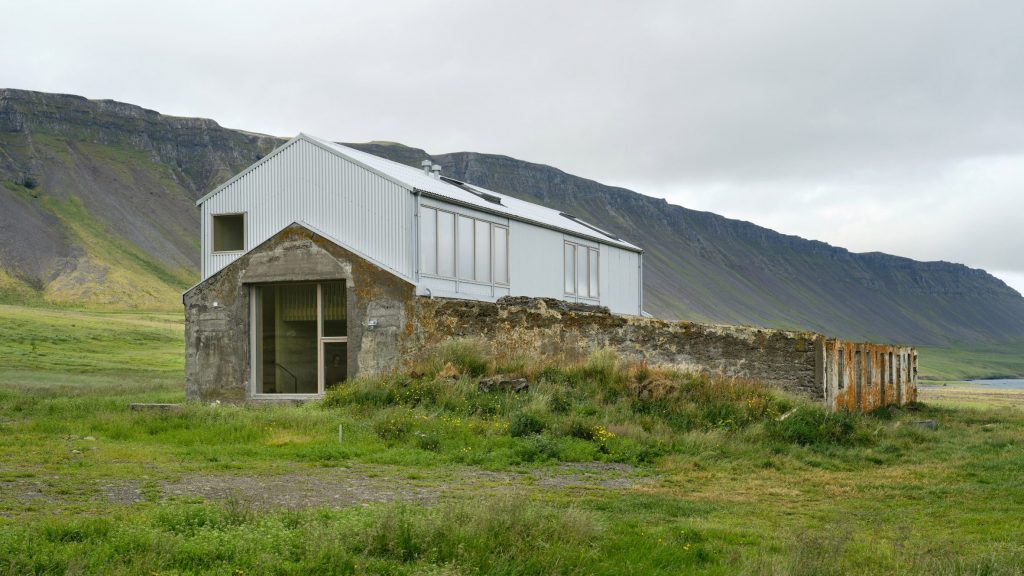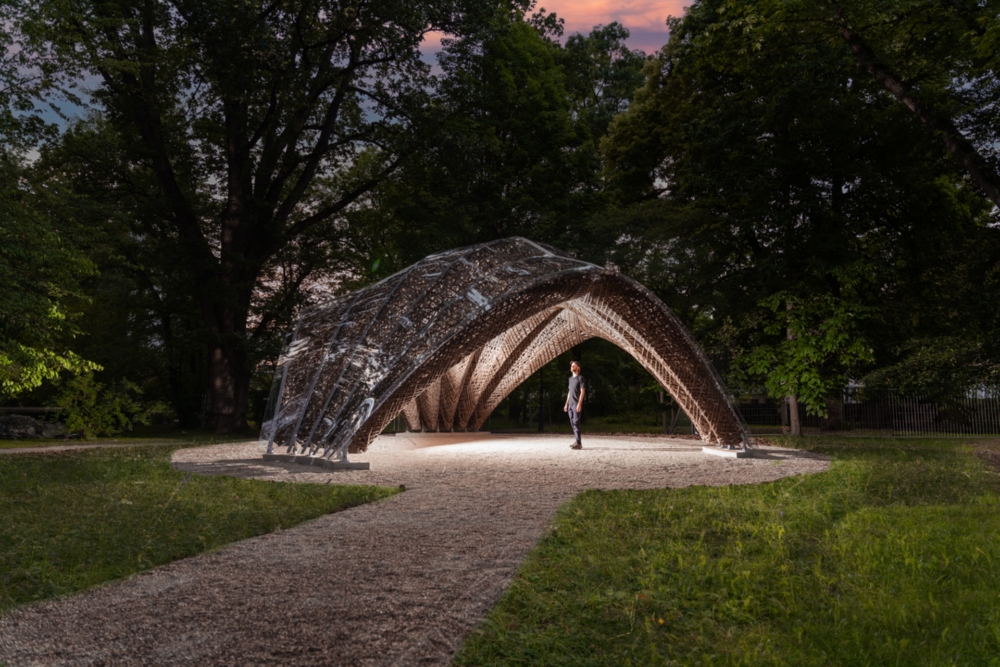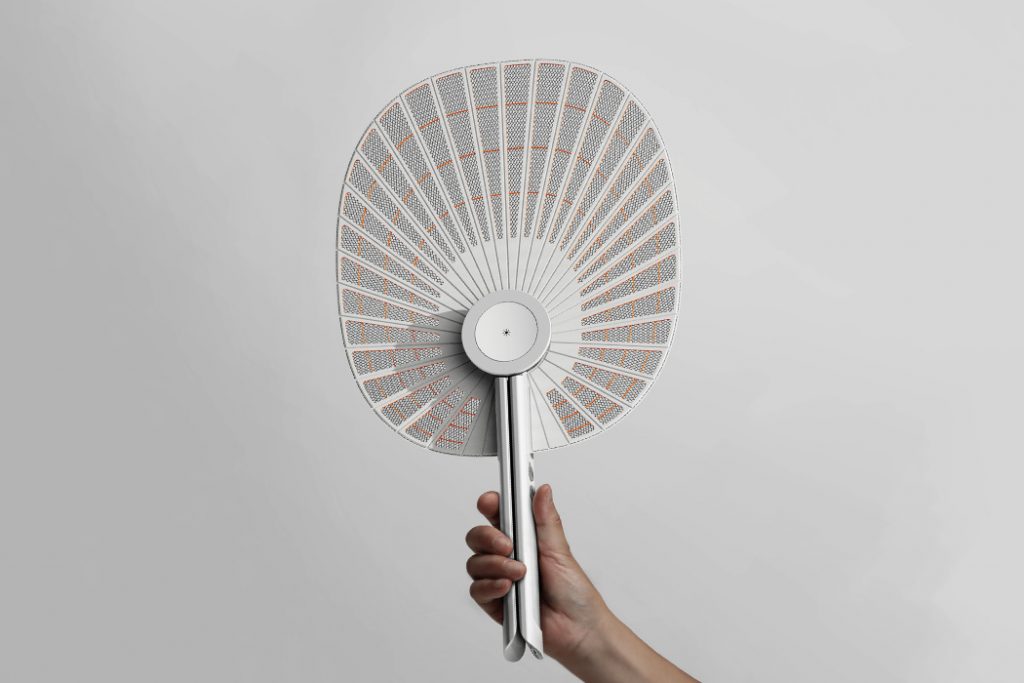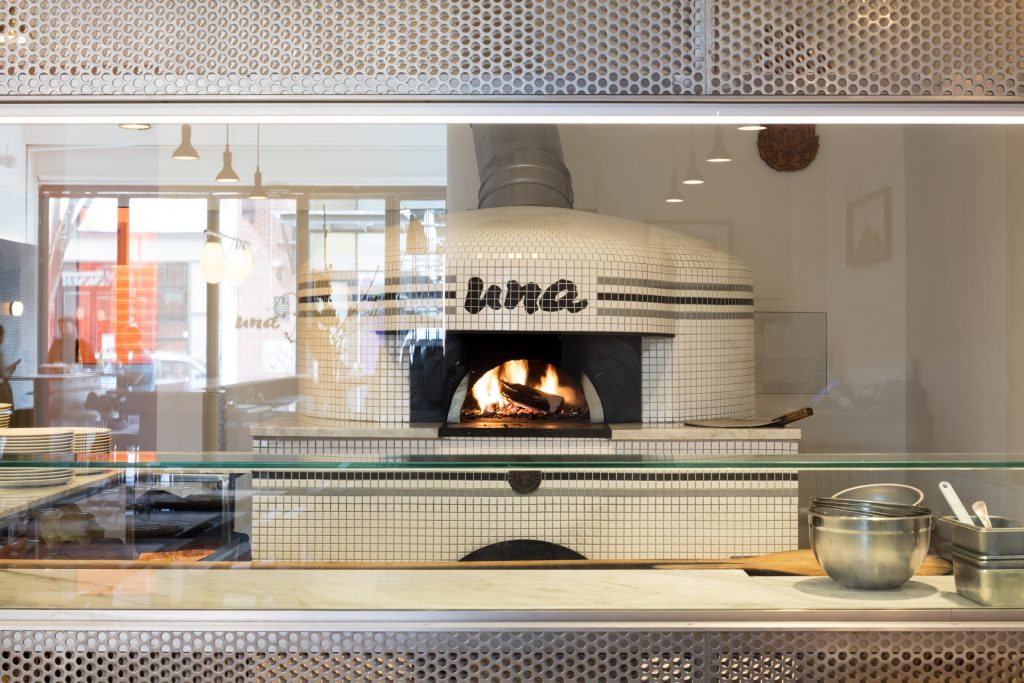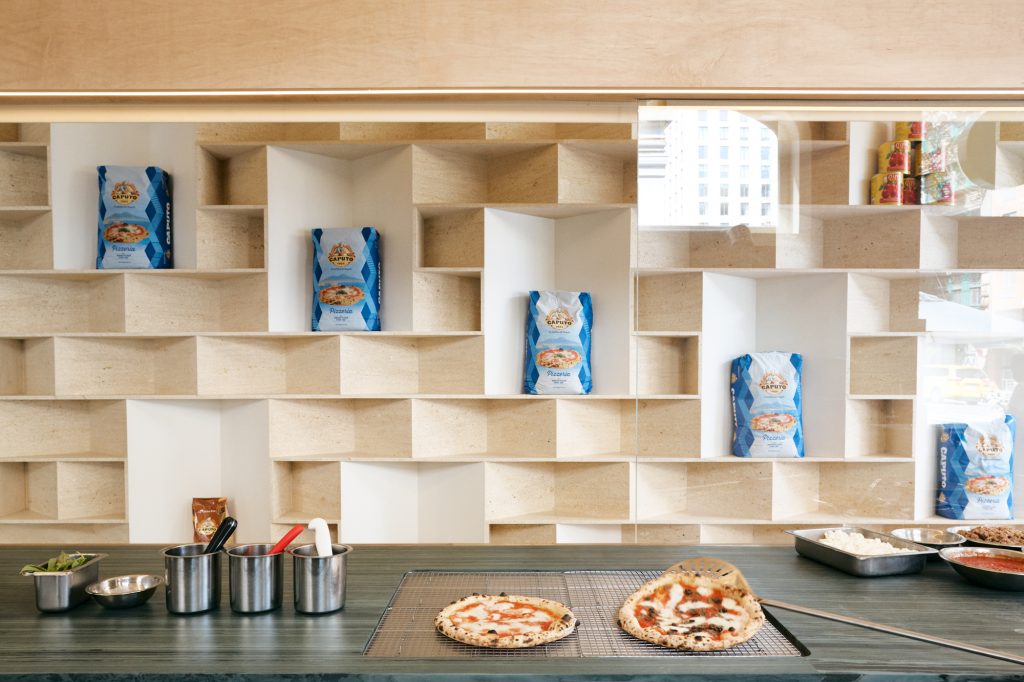In the ever-evolving world of music technology, these innovative instruments are revolutionizing the way we create and experience music. By combining traditional designs with cutting-edge digital features, they make music more accessible, intuitive, and portable. Whether you’re a beginner eager to learn, an experienced musician ready to experiment, or someone in search of a versatile, all-in-one performance tool, these instruments offer unique solutions that empower musicians to express themselves anywhere, anytime, with ease and creativity.

